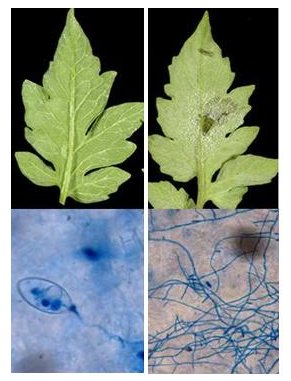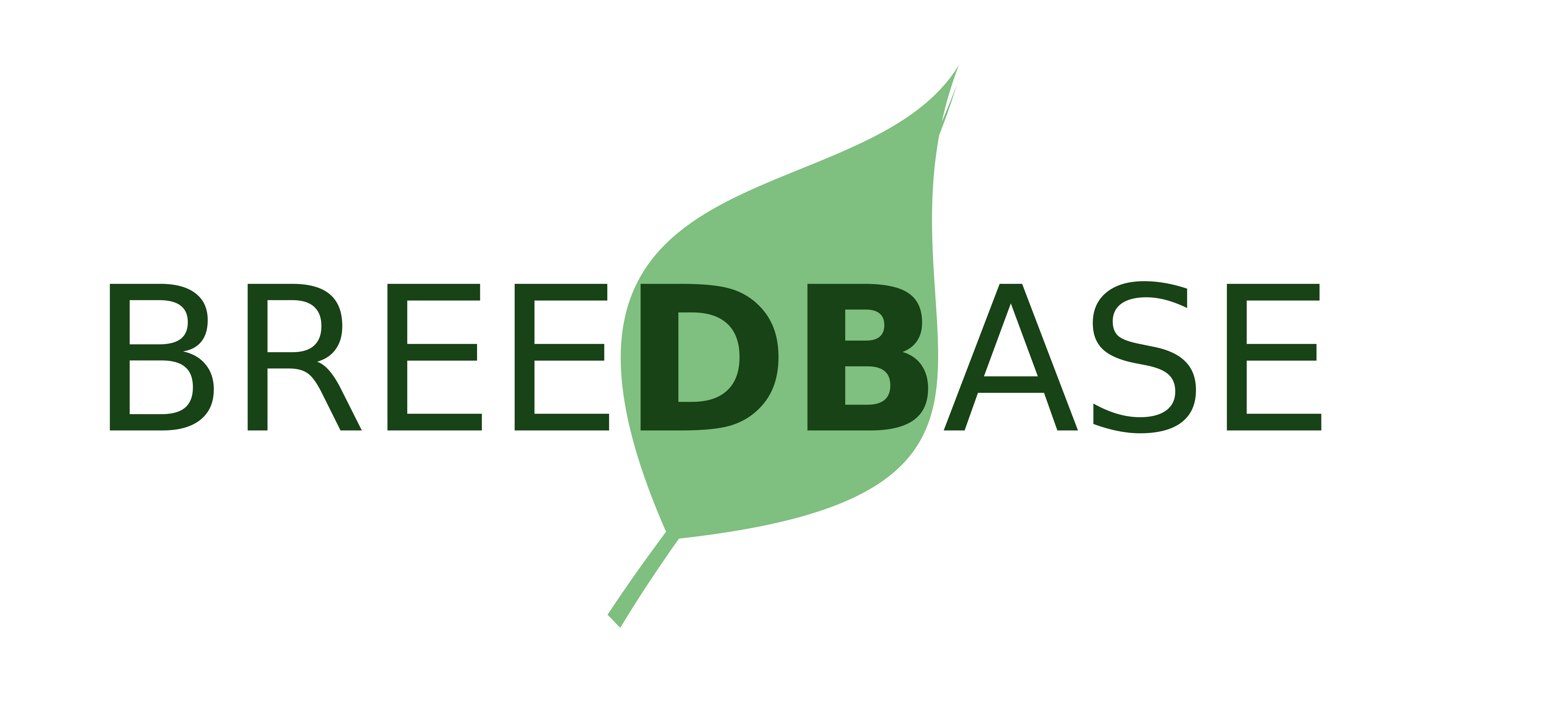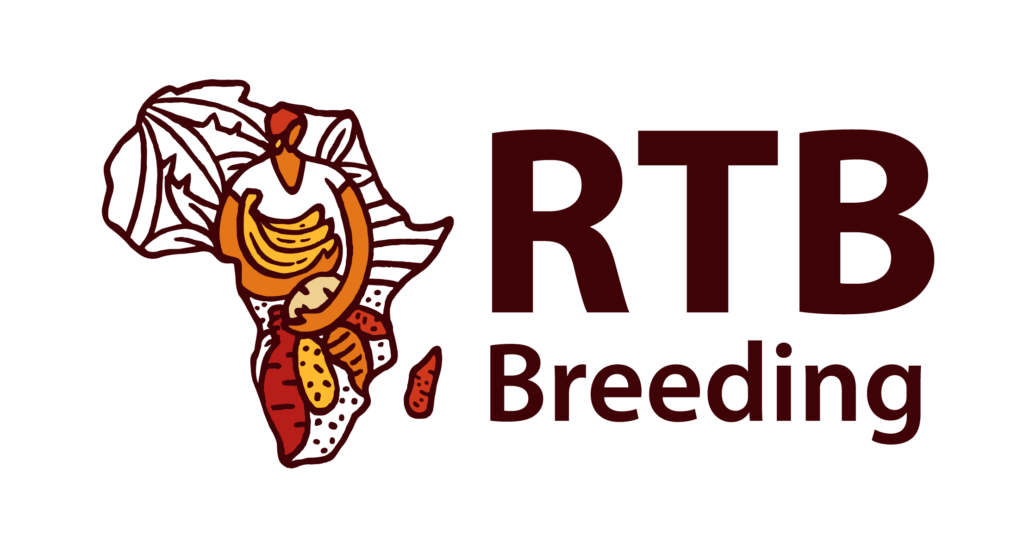
The Secretome of Phytophthora / Tomato Interactions

Infection of tomato leaves (upper panels) by P. infestans, showing the early asymptomatic biotrophic phase (left) and the later necrotrophic phase. The P. infestans developmental stages (trypan blue staining) are shown in the lower panel.
Plant pathogens can be classified into three groups, based on their mechanism of infection: biotrophs, necrotrophs or hemibiotrophs. Biotrophic pathogens penetrate the plant wall, parasitize host cells while evading or suppressing defense responses and require viable host tissue for pathogen nutrition and reproduction. In contrast, necrotrophs, overwhelm plants by secreting mixtures of degradative enzymes that allow the pathogens to subsist on necrotized host tissue. Hemibiotrophic pathogens, such as the bacterium Pseudomonas syringae, the fungus Colletotrichum lindemuthianum and the oomycete Phytophthora infestans, employ elements of both these strategies in a biphasic "stealth" infection mechanism.
This involves an initial biotrophic phase, when the pathogen proliferates asymptomatically in the host and efficient mechanisms must be employed to evade and suppress host defenses. Subsequently, in the second stage, hemibiotrophs orchestrate a physiological switch from asymptomatic infection to large-scale necrosis and tissue dissolution, presumably resulting from the coordinated secretion of factors such as lytic enzymes and necrosis elicitors.
We are using a range of strategies to characterize the secretomes of the host and pathogen during the various stages of hemibiotrophy, including Yeast Secretion Trap Screen, comparative proteomic analysis of extracted protein populations, and deepsequencing of the transcriptomes of the infected tissues using RNAseq.
| Objectives |
- Characterize multiple transcript populations from P. infestans-infected tomato leaves over a time course spanning biotrophic growth to advances necrotrophy.
- Integrate the transcriptome data with the proteome analysis to develop a developmental profile of the secretomes of the host and pathogen during infection
- Address the hypothesis that hemibiotrophic eukaryotes are able to maintain a biotrophic interaction with their hosts and to trigger the subsequent transition to necrotrophy by the coordinated and temporally-regulated expression of distinct subsets of secreted protein effectors
| Data Sets |
These samples correspond to a time course experiment of a compatible interaction between Phytophthora infestans (clonal lineage US11) and its host tomato (M82). Tissue was collected at three different stages of the interaction and a mock inoculated plant served as control.
| Files |
| Publications |

- Damasceno, C.M.B., Bishop, J.G., Ripoll, D.R., Win, J., Kamoun, S. and Rose, J.K.C. (2008) The structure of the glucanase inhibitor protein (GIP) family from Phytophthora species and co-evolution with plant endo-beta-1,3-glucanases. Molecular Plant-Microbe Interactions 21: 820-830.
- Lee, S.-J. and Rose, J.K.C. (2010) Mediation of the transition from biotrophy to necrotrophy in hemibiotrophic plant pathogens by secreted effector proteins. Plant Signaling and Behavior 5/6: 1559-2316.
- Kelley, B.S., Lee, S.-J., Damasceno, C.M.B., Chakravarthy, S., Kim, B.-D., Martin, G.B. and Rose, J.K.C. (2010) A secreted effector protein (SNE1) from Phytophthora infestans is a broadly acting suppressor of programmed cell death. The Plant Journal 62: 357-366.





